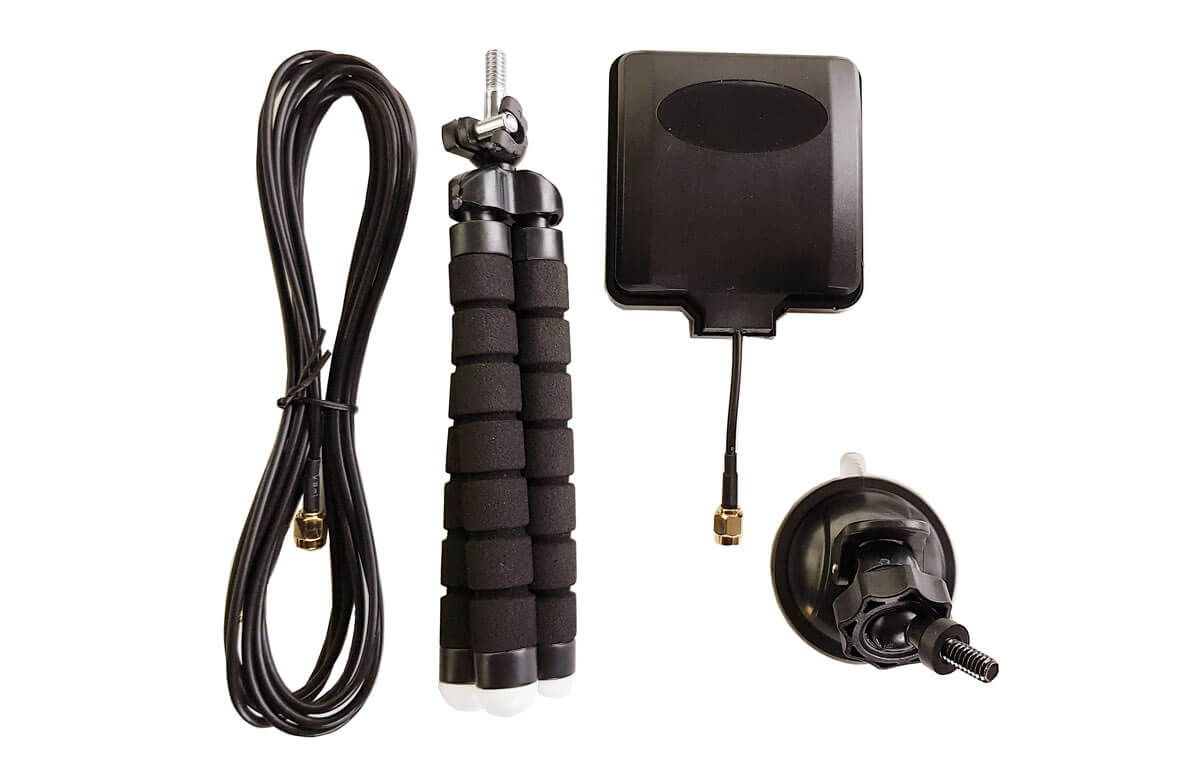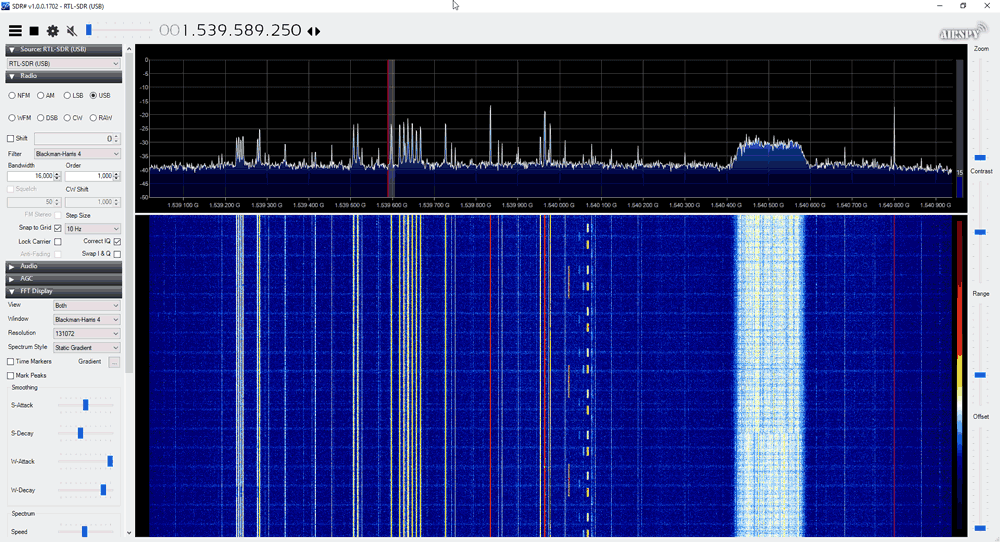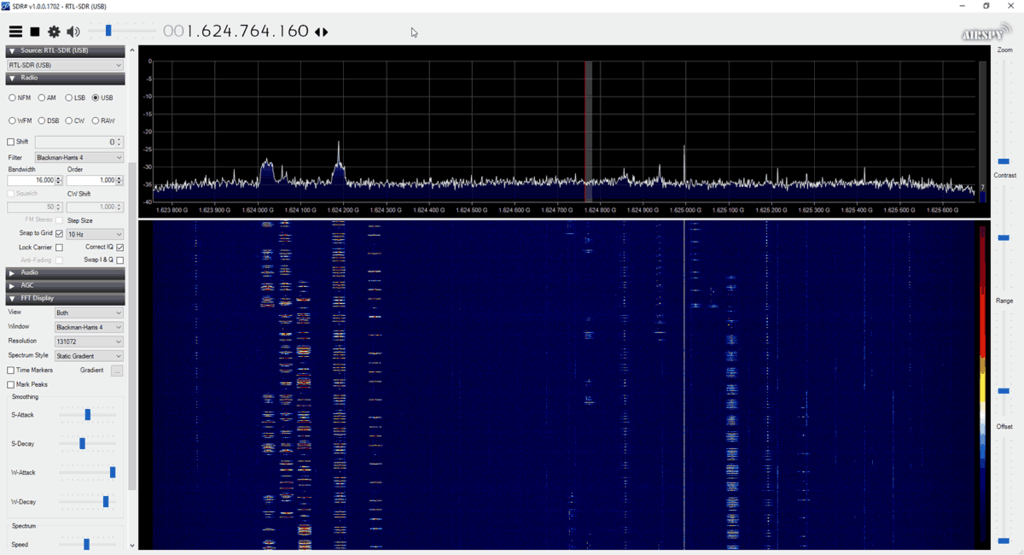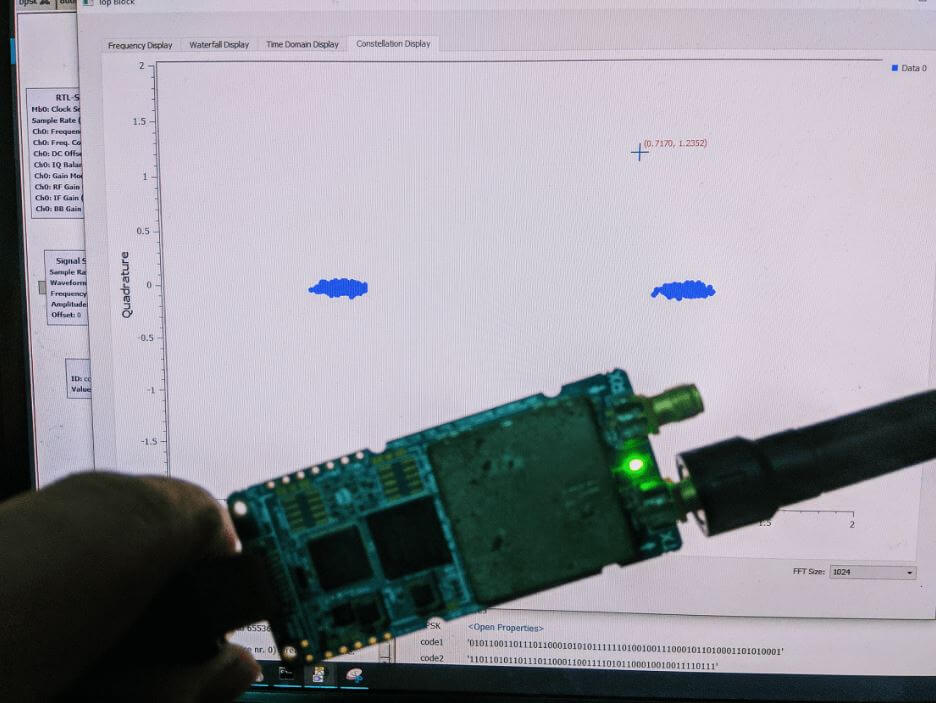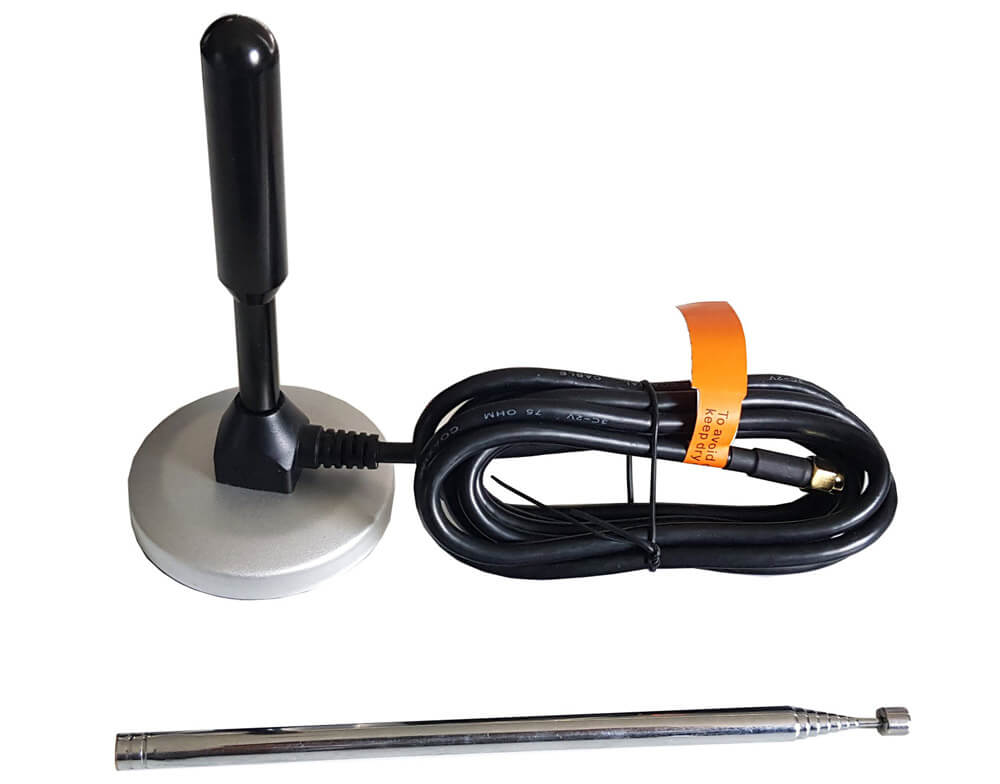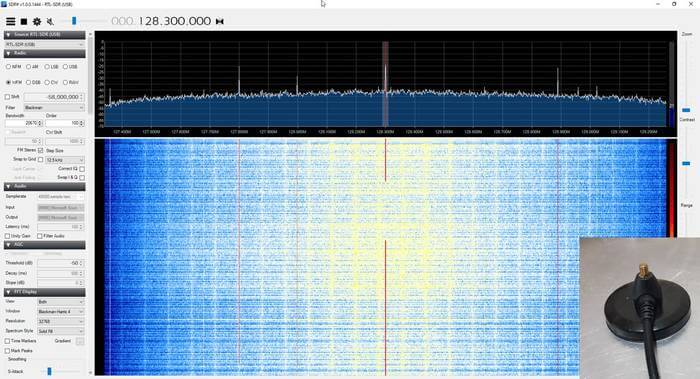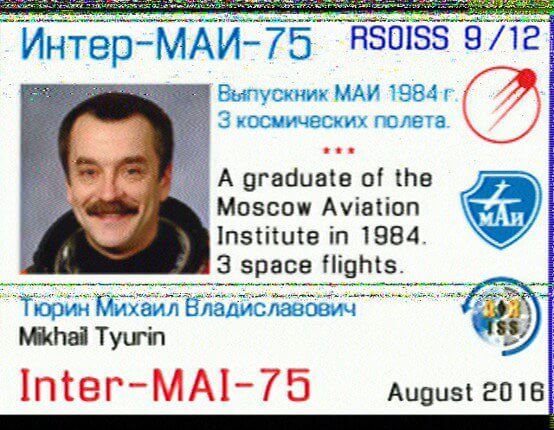Using an RTL-SDR to Investigate GPS Interference Problems on Drones Caused By HD Cameras
Over on YouTube Drone and Model Aircraft enthusiast channel Paweł Spychalski has uploaded a video showing how he determined that cheap HD cameras that are commonly used on hobbyist drones can cause locking issues with the on board GPS. He writes:
You might believe it or not (today I will prove it, however) that HD cameras, especially cheap ones, can be responsible for GPS problems on your drones and model airplanes. The majority of HD cameras (RunCam Split, Runcam Split Mini, Foxeer Mix, Caddx Tarsier) generate RF noise on different frequencies. Some of them on 433MHz, some on 900MHz, but most of them also at around 1GHz. Just where one of the frequencies used by GPS signal sits. As a result, many GPS modules are reported to have problems getting a fix when the HD camera is running.
In the video he uses an RTL-SDR and SDR# to demonstrate the interference that shows up when a cheap HD camera is turned on. He shows how the interference is present at almost all frequencies from the ISM band frequencies commonly used for control and telemetry to the 1.5 GHz GPS frequencies.
